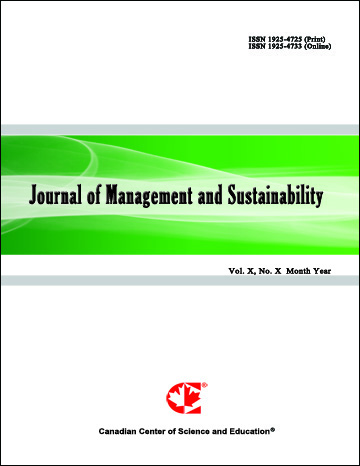Telecoupling in the Food Supply Chain: Analysis of Trends and Gaps in the Literature
- Anelise Schmitz
- Tatiana Maria Cecy Gadda
- Sara Maria Pinho Ferreira
- Matheus David Inocente Domingos
Abstract
This study aims to shed light on gaps in research on telecoupling in the food supply chain. Both the Bibliographic Coupling and the Co-word analysis were applied to that end. Using broad search terms, we screened titles and abstracts in the Web of Science (WoS) and Scopus databases, categorising results by main topics. We synthesised relevant literature on each topic to provide a comprehensive overview. Key methodological steps included database selection, publication screening, exclusion criteria application, and a timeframe from 2013 to 2023. VOSviewer, bibliometric and scientometric analyses were conducted, revealing clusters of interconnected terms in co-word networks for each database. Results indicated recurring keywords across research areas. In co-citation analyses, WoS exhibited 35 references. Scopus showed limitations with only four co-cited references. The Bibliographic Coupling method highlighted shared theoretical bases among publications, emphasising common topics. Both databases offer distinct advantages, and the choice between them depends on the specific research focus. WoS provided a larger quantity of results for our topics. The Bibliographic Coupling method (co-cited references) resulted in eight papers. We identified significant research gaps in the literature on transportation flows within telecoupling in the food supply chain. Addressing these gaps could enhance the understanding of telecoupling dynamics and their impact on sustainability. The findings provide a foundation for future research and inform policy making in this area.
- Full Text:
 PDF
PDF
- DOI:10.5539/jms.v15n1p105
Journal Metrics
Google-based Impact Factor (2021): 1.54
h-index (July 2022): 37
i10-index (July 2022): 147
h5-index (2017-2021): 12
h5-median (2017-2021): 19
Index
- Academic Journals Database
- ANVUR (Italian National Agency for the Evaluation of Universities and Research Institutes)
- CAB Abstracts
- CNKI Scholar
- EconBiz
- Excellence in Research for Australia (ERA)
- GETIT@YALE (Yale University Library)
- Harvard Library
- HeinOnline
- Infotrieve
- JournalTOCs
- LOCKSS
- MIAR
- PKP Open Archives Harvester
- RePEc
- Scilit
- SHERPA/RoMEO
- Stanford Libraries
- UCR Library
Contact
- Evelyn XiaoEditorial Assistant
- jms@ccsenet.org
